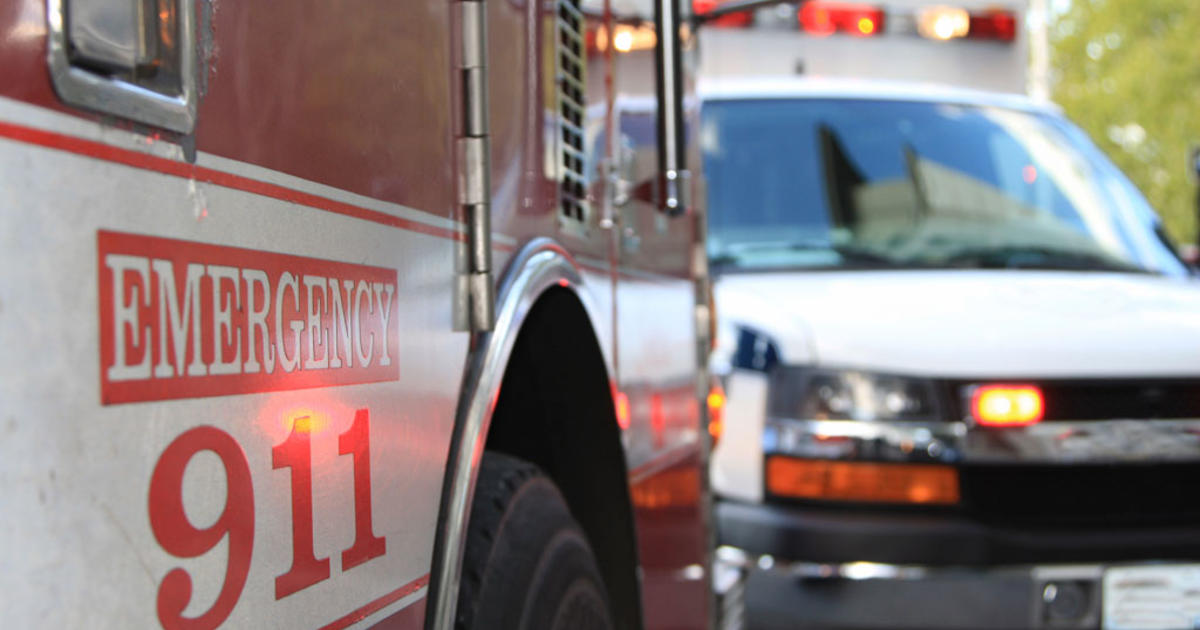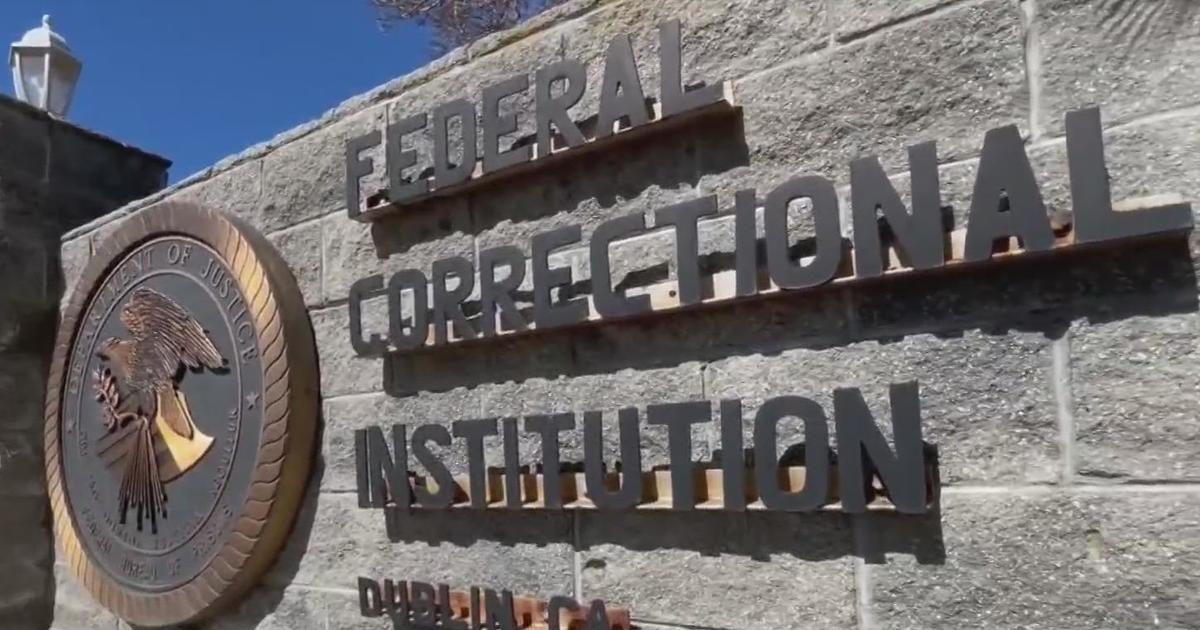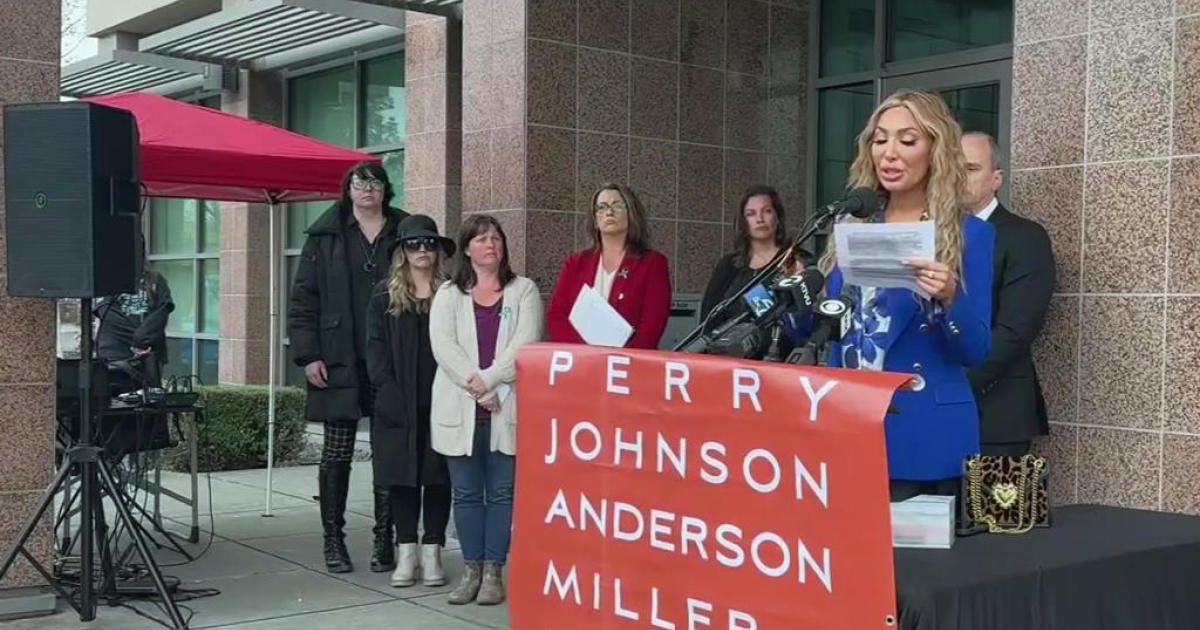Beach Out Of Reach: Pristine Stretch Of California Coast Largely Inaccessible To Public
SANTA BARBARA (KPIX 5) -- Following years of litigation, a pristine coastline in Santa Barbara County is largely inaccessible to the public after a settlement between wealthy homeowners and state coastal officials. However, the settlement is not setting well with coastal access advocates.
KPIX Original Reports: Beach Out Of Reach
When we first heard about Cuarta Canyon Beach, we could hardly believe it. A pristine beach in California, virtually untouched by humans, that offered a glimpse into what the coast may have looked like millions of years ago? And it's public? We had to go see for ourselves. But as we quickly learned, it's not that safe or that easy.
Cuarta Canyon Beach lies within the boundaries of Hollister Ranch, a 14,500 acre coastal development area 35 miles west of Santa Barbara. It's been a working cattle ranch for more than 100 years, and has since become a gated community, with the land divided up into 135 parcels of roughly 100 acres each. Hollister Ranch is dotted with beaches throughout its 8.5 miles of coastline.
The Settlement
For decades, the state has been locked in a legal battle with the Hollister Ranch Owners Association, trying to establish access via a land route to the beach.
In June, the California Coastal Commission and the Coastal Conservancy announced they had reached a settlement with the Hollister Ranch Owners Association (HROA), albeit in closed door meetings.
The commission and the conservancy agreed to give up the fight over over-land access to Cuarta Canyon Beach. In exchange, the HROA agreed to open up its other beaches in a "managed access program." You can read the full details of the settlement here, but in essence, it calls for busing in a minimum number per year of students, veterans, non-profits, and "underprivileged people."
In addition, the HROA agreed to provide public access through the Hollister Ranch Managed Access Program (Program). The Program will consist of two elements: the Tidepool School Program for K-12th grade students and the Non-Profit Access Program. The Tidepool School Program must provide at least 24 opportunities per year. Each opportunity must allow for at least 20 participants. The Non-Profit Access Program will provide 20 opportunities per year by the end of a five-year phase in period, with at least seven opportunities on weekends. At least seven non-profit opportunities must be provided during the first year of the Program. Organizations eligible to participate in the Program must be a non-profit or not-for-profit entity that provides outdoor educational and recreational experiences. When selecting groups to participate in the Program, the Conservancy and the HROA may consider a group's mission to provide services to individuals such as the disabled, children, or underserved populations who would benefit from therapeutic, recreational, or educational experiences on the coast. As with the Tidepool School Program, each non-profit opportunity must allow for at least 20 participants. Each non-profit opportunity must be allowed to be on Ranch property for at least four hours.
Not Easy, Not Cheap
As for Cuarta Canyon Beach, the settlement says the only public access is by ocean. Which begs the question: is the trip possible for the Average Joe? In short, no.
The roundtrip distance is six miles, in 62-degree water, and unpredictable conditions. Offshore winds have been known to kick up in the afternoon, gusting to 40 knots. Since the closest boat charter would come from Santa Barbara, cost more than $1,000, and take half a day, that left us with the kayaking option.
The Gaviota Coast attracts an abundance of marine mammals, including sharks. There were two shark attacks reported in Santa Barbara in 2017. As KEYT reported, a kayaker said the shark bit his boat and flipped it over. In 2010, a 32-year old firefighter went missing, and the search was called off after his kayak was found days later.
The decision to hire a kayaking guide was an easy one.
The Voyage
Tamlorn Chase of Paddle Sports Center of Santa Barbara, met us on the shores of Gaviota State Park, with a tandem kayak, paddles, wetsuits, and drybags. The wetsuits were key, since we would be launching from shore. There is no pier, dock, or harbor, so you will get wet, and the wetsuits kept us warm in the early morning fog and wind later that day.
After a quick lesson on how to paddle, and how to re-enter the kayak from the water, fellow reporter Devin Fehely and I packed up our gear and quickly found ourselves in the surf zone. Jumping into a tandem kayak in between the crashing waves, in cold, waist-deep water was challenging, but it helped to have Tamlorn guiding us and holding the boat steady. It's not hard, if you know what you're doing.
The 3-mile paddle to Cuarta Canyon, against the current, in a five-knot headwind and two-to-three foot swells, took two-and-a-half hours. Large kelp beds slowed down our progress. If we rested for too long, the wind began to blow us backwards. The fatigue will be much worse if you get seasick.
On the initial beach landing, Devin and I mistimed the entry, caught a wave at a bad angle and flipped the kayak. On subsequent attempts, we made it just fine, proving that it's a skill that requires practice. Again, it's not hard if you know what you're doing.
"I worry about someone watching a program like this, seeing us do it, going to Costco, buying a cheap kayak, buy some cheap gear, and getting their family together and launching, not knowing the forecast is for gale force winds. They're halfway up here, one of the kayaks flips, their kids are in the water, everything is getting blown away, and you can see where they're really in a bad situation at that point," Chase said. "So that's why I will repeat it, really know what you're doing before you attempt to get up here."
With fatigued hands, forearms, shoulders, abs, and back, the average recreational kayaker likely won't have much energy to do much else once on the beach, except rest and eat lunch.
On the return trip, conditions were much more favorable. The fog burned off, the wind was at our backs, and temps warmed to the mid 70s. We made it back in half the time, one hour 10 minutes. Beachgoers back at our starting point in Gaviota State Park stared in amazement at our return.
The reaction to a six mile roundtrip paddle was a tough sell for local resident Nevaeh Rojas. "It's a lot of work, and some people are disabled. How are they going to get on one of these kayaks and go? That's not fair to them," Rojas said.
Tamlorn's assessment? We did just fine. On a difficulty rating from 1 to 10, today's conditions were a 5 or 6. But on the Gaviota Coast, he said it's best to stay humble.
"People will die if they don't know what they're doing."
The California Coastal Commission is opening up public comment about the Hollister Ranch Settlement at its meeting Friday, July 13, at Hilton Santa Cruz/Scotts Valley, 6001 La Madrona Drive, Santa Cruz.



